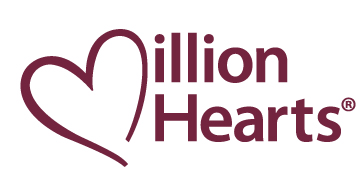Evaluation of the Million Hearts® Cardiovascular Disease Risk Reduction Model: Third Annual Report
Million Hearts Cardiovascular Disease (CVD) Risk-Reduction Model
Prepared for:
U.S. Department of Health and Human Services, Centers for Medicare & Medicaid Services
In 2017, the Centers for Medicare & Medicaid Services (CMS) launched the Million Hearts® Cardiovascular Disease (CVD) Risk Reduction Model. In this pay-for-prevention model, CMS pays participating organizations for (1) assessing each of their eligible Medicare fee-for-service (FFS) beneficiaries’ risk of having a heart attack or stroke over 10 years, using a formal risk assessment tool; and (2) reducing risk among their high-risk beneficiaries, defined as those with a 30 percent or higher predicted risk. The goal is to reduce the incidence of heart attacks and strokes among Medicare beneficiaries ages 40 to 79 who have not previously had one of these events, without increasing Medicare spending. CMS is testing the model in a large, five-year randomized trial that includes primary care and cardiology practices, health centers, and hospitals throughout the United States.
In its first three years, the Million Hearts Model improved cardiovascular preventive care, but did not yet reduce observed heart attacks and strokes or lower Medicare spending. Providers in the Million Hearts Model were much more likely than control group providers to report measuring and being aware of their patients’ cardiovascular risk. Beneficiaries enrolled by the intervention group were also modestly more likely than control group beneficiaries to initiate or intensify medications to lower blood pressure or cholesterol. As a result of improvements in CVD preventive care, high-risk beneficiaries in the intervention group had slightly larger average reductions in CVD risk scores (by 1.2 percentage points) than those in the control group. However, the model did not measurably reduce the incidence of first-time heart attacks or strokes through October 2019—the first two years and 10 months of the model—nor generate savings in Medicare spending that would offset model payments during that time.
How do you apply evidence?
Take our quick four-question survey to help us curate evidence and insights that serve you.
Take our survey
